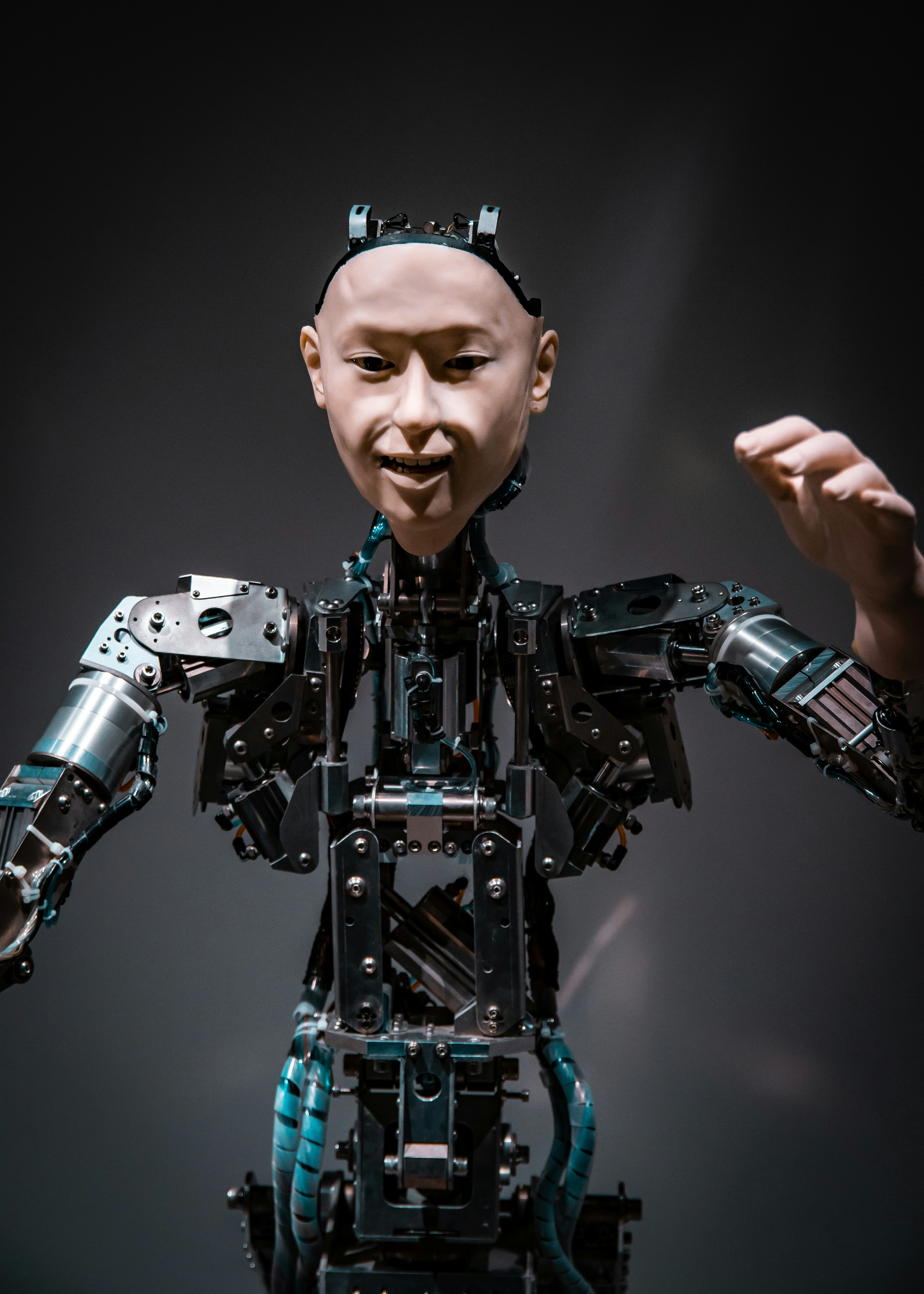Decoding the Lexicon of Artificial Intelligence: An In-Depth Exploration
October 22, 2024 | by junaid.ansari160@gmail.com
 Photo by Maximalfocus on Unsplash
Photo by Maximalfocus on Unsplash The Foundations of Artificial Intelligence
Artificial Intelligence (AI) encompasses a variety of core concepts that enable machines to simulate human intelligence. Among these key areas are machine learning, neural networks, natural language processing, computer vision, and robotics. Each component plays a vital role in shaping the capabilities of AI technologies, allowing them to analyze data, interpret information, and interact with their environments in meaningful ways.
Machine learning, a subset of AI, focuses on the development of algorithms that enable systems to learn from and make predictions based on data. This is achieved through various approaches, including supervised learning, unsupervised learning, and reinforcement learning. By utilizing large datasets, machine learning models can identify patterns and improve their performance over time, leading to applications such as predictive analytics and personalized recommendations.
Neural networks, inspired by the human brain, are a fundamental element of deep learning. These architectures consist of interconnected nodes, or neurons, that process information in layers. Neural networks have proven highly effective in tasks such as image and speech recognition, revolutionizing fields like healthcare and entertainment, where advanced pattern recognition is essential.
Natural language processing (NLP) bridges the gap between human communication and machine understanding. This area of AI enables computers to interpret, generate, and respond to human language, facilitating applications from chatbots to translation services. NLP is vital in making technology accessible and improving user interaction.
Computer vision equips machines with the ability to interpret and analyze visual information from the world. From facial recognition systems to autonomous vehicles, computer vision has wide-ranging applications that enhance user experience and streamline operations across industries.
Finally, robotics combines AI with physical machines to perform tasks autonomously. This interdisciplinary field encompasses everything from industrial robots to social robots, demonstrating how AI can enhance efficiency and safety in various environments.
As these foundational elements of AI continue to evolve, their interconnected nature will play a pivotal role in driving innovation and shaping the future landscape of technology.
Building an AI Terminology Repository
The development of a comprehensive lexicon focused on artificial intelligence is essential for fostering clear communication and understanding among various stakeholders, including developers, researchers, and enthusiasts. An AI terminology repository serves as a structured collection of definitions and contextual meanings of terms specific to the field. This repository not only aids in the dissemination of knowledge but also acts as a foundational resource for those delving into the complexities of artificial intelligence.
In the rapidly evolving landscape of AI, new terminologies and concepts emerge frequently, making it crucial to maintain an updated repository. A well-organized lexicon helps demystify the language of AI, enabling better collaboration among professionals working on diverse projects. By providing a clear framework of terminology, it becomes easier for newcomers to comprehend intricate ideas without being overwhelmed by jargon, thus facilitating their integration into the AI community.
The educational benefits of establishing an AI terminology repository are multi-faceted. For students and individuals embarking on their learning journey, access to a clear and concise collection of terms enhances their grasp of foundational concepts. As they navigate through technical literature and discussions, a structured lexicon serves as a reliable reference point. Additionally, researchers can benefit significantly from having a common vernacular, which promotes effective information sharing and minimizes misunderstandings.
Moreover, as interdisciplinary collaborations become more prevalent in AI, a universal understanding of terminology becomes even more critical. Professionals coming from various educational and professional backgrounds can significantly reduce miscommunication by referencing a standardized repository of terms related to artificial intelligence. Overall, building an AI terminology repository is a vital step toward nurturing the global AI discourse and empowering individuals to engage effectively within this dynamic field.
RELATED POSTS
View all


